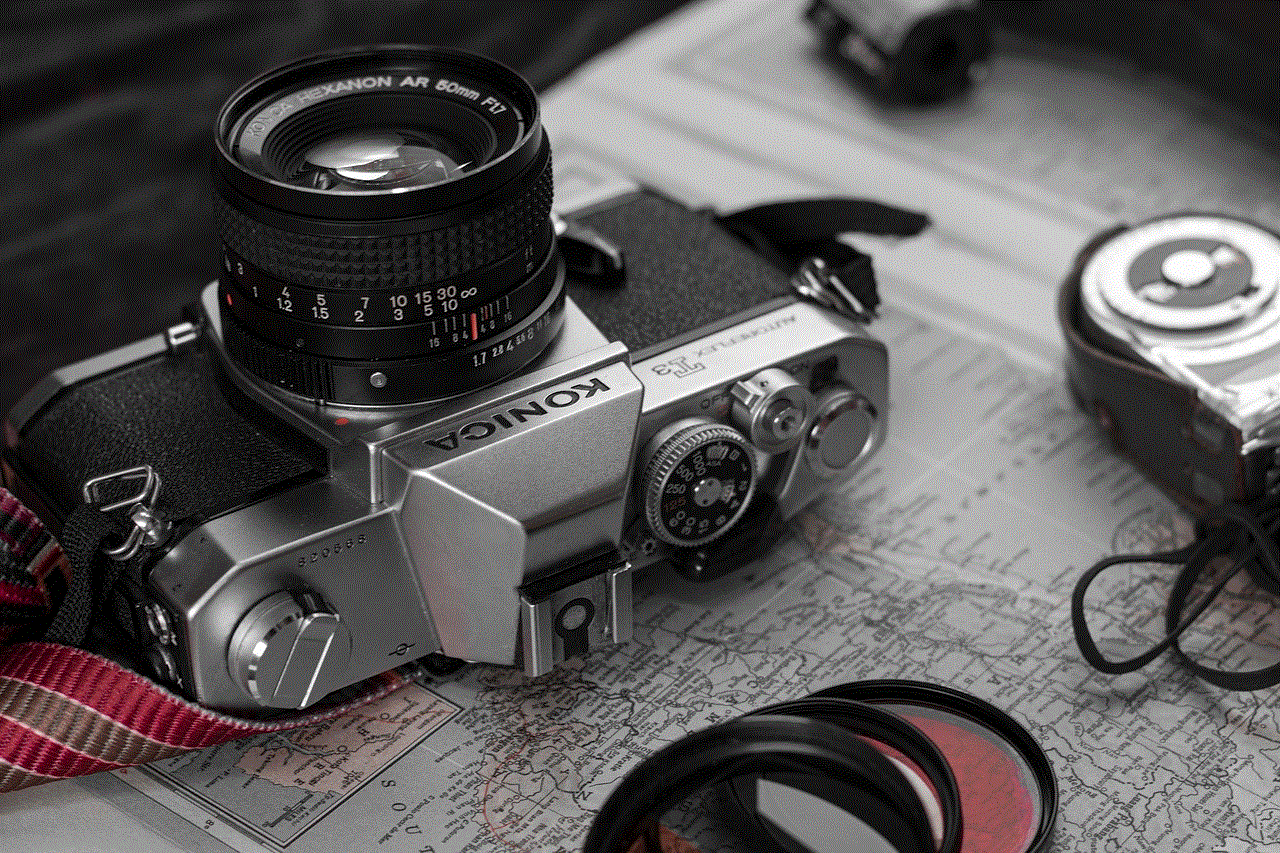370 km to mph
# Understanding Speed Conversions: From Kilometers per Hour to Miles per Hour
Speed is a fundamental concept in physics and everyday life, influencing the way we travel, the design of vehicles, and even our understanding of time and distance. In many countries, speed is expressed in kilometers per hour (km/h), while in others, notably the United States, miles per hour (mph) is the standard unit of measure. As globalization continues to grow, understanding how to convert between these two units of speed becomes increasingly important. This article will explore the conversion of 370 kilometers per hour to miles per hour, delving into the practical applications, the calculations involved, and the context of speed in various scenarios.
## The Basics of Speed Measurement
Speed is defined as the distance traveled per unit of time. In the metric system, speed is typically measured in kilometers per hour, while in the imperial system, it is measured in miles per hour. Understanding the basics of these units is essential for comprehending the conversion process.
A kilometer is defined as 1,000 meters, while a mile is defined as 1,609.34 meters. This fundamental difference in measurement systems necessitates a conversion factor when switching between km/h and mph. Specifically, to convert kilometers per hour to miles per hour, one can use the following formula:
\[
\text{Speed in mph} = \text{Speed in km/h} \times 0.621371
\]
This conversion factor (0.621371) represents the number of miles in a kilometer.
## Converting 370 km/h to mph
To convert a speed of 370 kilometers per hour to miles per hour, we can apply the aforementioned formula. Plugging in the values, we get:
\[
\text{Speed in mph} = 370 \, \text{km/h} \times 0.621371
\]
Calculating this gives:
\[
\text{Speed in mph} \approx 229.9 \, \text{mph}
\]
Thus, a speed of 370 kilometers per hour is approximately 229.9 miles per hour. This conversion is not just a numerical exercise; it has real-world implications in various contexts, including transportation, safety regulations, and international travel.
## The Importance of Accurate Speed Measurement
Accurate speed measurement is crucial in many fields, from aviation and maritime navigation to automotive engineering and road safety. In aviation, for instance, aircraft speeds are often expressed in knots (nautical miles per hour), but understanding conversions to km/h and mph is essential for pilots and air traffic controllers who operate in different regions of the world.
In automotive contexts, speed limits are often defined in either kilometers per hour or miles per hour, depending on the country. For drivers traveling internationally, understanding the differences and being able to convert speeds can be vital for adhering to local laws and regulations, ensuring safety on the roads.
## Speed and Traffic Regulations
Speed limits are enforced to maintain safety on the roads. These limits vary from one jurisdiction to another and are set based on various factors, including road conditions, traffic density, and the presence of pedestrians. In many countries, speed limits are posted in kilometers per hour, while in others, they are in miles per hour.
For example, in the European Union, speed limits on highways can reach up to 130 km/h (approximately 80.8 mph), while in the United States, many interstate highways have speed limits ranging from 55 mph to 75 mph. Understanding these differences is vital for drivers who travel across borders.
## The Role of Speed in Transportation and Logistics
In the transportation and logistics industry, speed is a critical factor in determining delivery times and operational efficiency. Companies often rely on speed metrics to optimize their routes, reduce costs, and enhance customer satisfaction. For instance, a delivery truck traveling at 370 km/h (229.9 mph) would be able to cover distances much faster than a truck traveling at standard highway speeds of around 100 km/h (62 mph).
However, it is essential to note that such high speeds are not practical for most ground transport vehicles due to safety concerns, legal restrictions, and the physical limitations of road infrastructure. Instead, air travel often operates at these higher speeds, making the conversion between km/h and mph particularly relevant in aviation logistics.
## Speed in the Context of Sports
Speed is not just a measure of transportation; it also plays a significant role in sports. In motorsports, for example, teams and drivers constantly analyze speed data to improve performance. Races are often measured in laps completed at various speeds, and understanding the conversion between km/h and mph can be crucial, especially in international competitions.
Additionally, in sports like cycling and running, athletes often monitor their speeds to track performance improvements. While many cyclists in Europe may use km/h to gauge their pace, American cyclists might prefer mph. As athletes compete globally, the ability to convert these measurements becomes increasingly important.
## The Science of Speed
Speed is also a topic of scientific inquiry. In physics, speed is a scalar quantity, meaning it only has magnitude and no direction. However, in more advanced studies, speed can be considered alongside velocity, which does have direction. The study of speed encompasses various fields, including mechanics, kinematics, and even aerodynamics.
For instance, understanding the speed of sound in different mediums—air, water, or solid materials—is vital in fields such as aerospace engineering and acoustics. Scientists often express these speeds in meters per second, but conversions to km/h and mph may be necessary depending on the context of the research.
## The Cultural Context of Speed
Culturally, speed can have different connotations. In some cultures, speed is associated with efficiency and progress, while in others, it may be viewed as reckless or irresponsible. For example, countries with more relaxed driving cultures might prioritize leisurely travel over speed, while others, particularly in competitive sports or industries, may push for maximum efficiency and speed.
As globalization brings different cultures into closer contact, the perception of speed and its implications can lead to misunderstandings. For example, a driver from a country with high speed limits may not understand the stringent speed restrictions in another country, leading to potential legal issues or accidents.



## Future of Speed Measurement and Technology
With advancements in technology, the way we measure and understand speed is evolving. GPS technology, for instance, allows for real-time speed tracking and reporting, significantly enhancing navigation and safety. Many modern vehicles come equipped with onboard computers that display speed in both km/h and mph, allowing drivers to switch between units effortlessly.
Moreover, the development of autonomous vehicles is set to change the landscape of speed measurement and regulation. These vehicles will rely on advanced algorithms and sensor data to determine optimal speeds for safety and efficiency. As this technology advances, the conversion between speed units will remain relevant, particularly as autonomous vehicles operate in different regions with varying measurement standards.
## Conclusion
In conclusion, understanding the conversion between kilometers per hour and miles per hour, particularly the specific case of 370 km/h to mph, is more than a simple mathematical exercise. It has far-reaching implications in transportation, safety, sports, and scientific research. As our world becomes increasingly interconnected, the ability to navigate different measurement systems is essential for effective communication and operation across various sectors.
Whether for personal travel, professional logistics, or competitive sports, the significance of speed and its measurement cannot be overstated. As we look to the future, embracing technological advancements and fostering a better understanding of speed conversions will be crucial in navigating an ever-changing world.
tile app for iphone
# The Tile App for iPhone: Revolutionizing Personal Item Tracking
In today’s fast-paced world, keeping track of our belongings has become increasingly challenging. From keys and wallets to bags and even pets, the potential for losing personal items is ever-present. Enter the Tile app for iPhone—a groundbreaking solution that allows users to locate lost items with ease and efficiency. This article explores the features, benefits, and overall impact of the Tile app on everyday life, providing a comprehensive overview of its functionality and how it has transformed the way we manage our belongings.
## Understanding Tile Technology
At its core, Tile is a Bluetooth-enabled tracking device that can be attached to items you frequently misplace. The Tile app, available for iPhone users, serves as the control center for these devices. Users can easily connect their Tile products to their smartphones, enabling them to track and find items through a user-friendly interface. The technology relies on Bluetooth connectivity, which allows the Tile device to communicate with the smartphone app within a certain range—typically around 200 feet.
The Tile ecosystem comprises various products, including the Tile Mate, Tile Slim, and Tile Pro, each designed for different use cases. For instance, the Tile Slim is perfect for slipping into a wallet, while the Tile Pro offers a louder ring and longer range, making it ideal for keys or bags. This variety ensures that users can select the best Tile product for their needs, promoting a seamless integration into their daily lives.
## Features of the Tile App
The Tile app comes packed with features designed to enhance the user experience and maximize the effectiveness of the Tile tracking devices. One of the most significant features is the ability to ring the Tile device. When an item is lost within Bluetooth range, users can press a button in the app to make the Tile emit a loud sound, helping to locate it quickly. This simple yet effective feature eliminates the frustration of searching through bags or retracing steps.
Another critical feature is the “Find Your Phone” function. If users misplace their iPhone, they can double-press the button on their Tile device to make their phone ring, even if it is on silent mode. This bidirectional tracking capability ensures that both items can be found with minimal hassle, which is particularly useful for those who frequently misplace their phones.
The app also allows users to view the last known location of their Tile devices on a map. This feature relies on the app’s integration with GPS technology, providing users with a visual reference of where their items were last detected. While this does not guarantee the recovery of the item, it offers a valuable starting point for searching.
## Community Find: Leveraging the Power of the Network
One of the most innovative aspects of the Tile app is its community-driven feature known as “Community Find.” When a Tile device is out of Bluetooth range, it can still be located by leveraging the collective network of other Tile users. If another Tile user comes within range of a lost item, the Tile app will automatically update the item’s location on the owner’s phone, even without the owner’s active participation. This feature significantly increases the chances of finding lost items, as the Tile user community continues to grow.
The power of this network is particularly evident in urban environments, where many people utilize Tile devices. Being part of a vast community of users enhances the likelihood of recovering lost items, making Tile more than just a personal tracking solution—it becomes a collaborative effort among users. This innovative approach has transformed the landscape of item tracking, fostering a sense of community and shared responsibility.



## User-Friendly Interface
The Tile app is designed with user experience in mind. Its clean and intuitive interface allows users to easily navigate through the various features without feeling overwhelmed. When users first open the app, they are greeted by a dashboard displaying all their connected Tile devices, along with their current statuses. This straightforward layout enables users to quickly assess which items need attention and which are secure.
The app also allows users to customize their Tile devices with personalized names and icons, making it easier to identify specific items at a glance. For example, users can label their keys as “Car Keys” and their wallet as “Wallet,” streamlining the tracking process even further. Additionally, the app provides notifications and alerts for low battery warnings, ensuring that users are always informed about the status of their devices.
## Integration with Smart Home Devices
As technology continues to evolve, the integration of smart home devices has become a key consideration for many users. The Tile app excels in this regard, offering compatibility with various smart home ecosystems. Users can integrate Tile with Amazon Alexa and Google Assistant, allowing for voice-activated searches. For instance, one can simply say, “Alexa, find my keys,” and the Tile device will respond with a ringing sound, making it easier to locate misplaced items without needing to access the smartphone app.
This integration not only enhances the functionality of Tile but also allows users to create a more cohesive smart home experience. By connecting Tile devices to their existing smart home systems, users can streamline their daily routines and improve overall efficiency.
## The Impact of Tile on Daily Life
The implications of the Tile app extend far beyond mere convenience. For many individuals, losing personal items can lead to significant stress and anxiety. The Tile app provides a practical solution to this common problem, empowering users to take control of their belongings. By minimizing the time spent searching for lost items, users can focus on more important tasks and enjoy a greater sense of peace of mind.
Moreover, the Tile app has proven to be particularly beneficial for specific demographics, such as parents and busy professionals. Parents often face the challenge of keeping track of their children’s belongings, whether it’s school bags, lunchboxes, or toys. The Tile app allows them to attach devices to these items, ensuring that they can quickly locate them when necessary. Similarly, busy professionals can benefit from the app’s ability to streamline their daily routines, reducing the time spent searching for misplaced items between meetings and events.
## Environmental Considerations and Sustainability
In an age where environmental consciousness is paramount, many consumers are becoming more mindful of the products they choose to use. Tile has taken steps to address these concerns by focusing on sustainability in their product design and packaging. The Tile devices are made from durable materials that are intended to last, reducing the need for frequent replacements. Additionally, the company has worked to minimize plastic waste in their packaging, opting for recyclable materials whenever possible.
By prioritizing sustainability, Tile not only caters to environmentally conscious consumers but also sets an example for other tech companies in the industry. As individuals become increasingly aware of their environmental impact, products like Tile that align with these values are likely to gain traction in the marketplace.
## The Future of Tile and Item Tracking Technology
As technology continues to advance, the future of Tile and similar item-tracking solutions appears promising. With the advent of smart cities, IoT (Internet of Things) integration, and enhanced tracking capabilities, the potential for expanding the functionality of Tile devices is vast. Future iterations of the Tile app could incorporate advanced technologies such as augmented reality (AR), enabling users to visualize their items’ locations in real-time through their smartphone cameras.
Furthermore, as the Tile community continues to grow, the effectiveness of the Community Find feature will likely improve, making it increasingly difficult for lost items to remain unfound. The potential for collaboration between Tile users and the broader tech ecosystem opens up exciting possibilities for the future of personal item tracking.
## Conclusion
In summary, the Tile app for iPhone has fundamentally transformed the way users manage and locate their belongings. With its innovative features, user-friendly interface, and community-driven approach, Tile has emerged as a leader in the personal item tracking space. As technology continues to evolve, the potential for further enhancements and integrations promises to make the Tile app an indispensable tool for anyone looking to keep their belongings secure.



By addressing common pain points associated with losing personal items, Tile not only offers a practical solution but also fosters a sense of community among users. As we move forward into a more connected world, the Tile app stands as a testament to the power of technology in enhancing everyday life, ensuring that losing items becomes a thing of the past. Whether you’re a busy professional, a parent, or simply someone who values peace of mind, the Tile app is an essential tool for navigating the complexities of modern life.